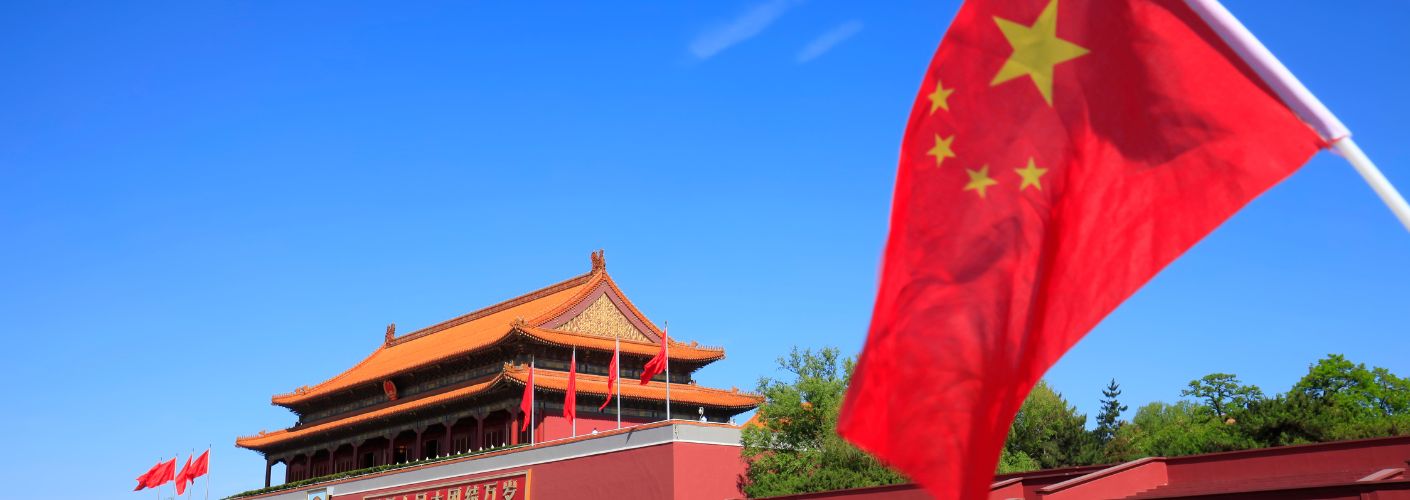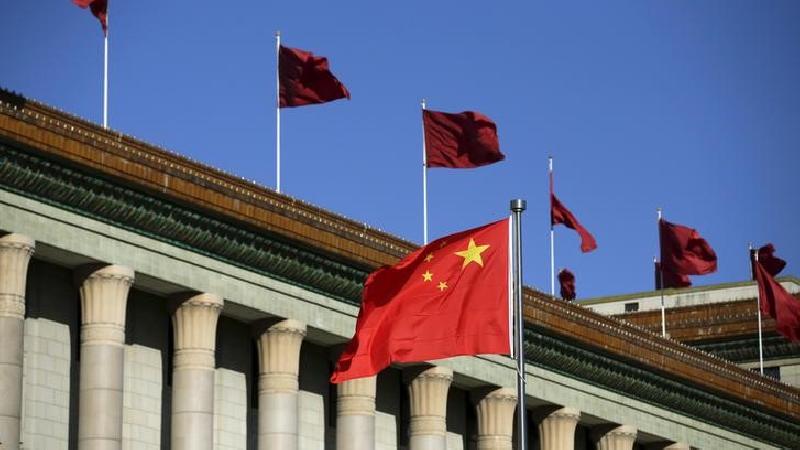China’s Economic Quandary: Navigating the Perils of Deflation

China’s Economic Quandary: Navigating the Perils of Deflation
In a significant turn of events, the China finds itself grappling with the perilous grip of deflation, a financial phenomenon that can disrupt the very foundations of a nation’s economic stability. The situation has economists and policymakers on high alert, as they strive to understand the causes and implications of this unprecedented challenge. With the specter of deflation casting a shadow over China‘s economic landscape, a proactive approach is essential to safeguard the nation’s prosperity.
Defining the Dilemma
Deflation, in its simplest terms, is the persistent decrease in the general price level of goods and services within an economy. While a reduction in prices might initially seem like a positive outcome for consumers, deflation can have catastrophic repercussions for a nation’s economic health. It can trigger a vicious cycle of reduced spending, lowered demand, decreased production, and eventually lead to higher unemployment rates. When consumers anticipate further price drops, they tend to delay purchases, resulting in reduced consumption and business revenues.

Unraveling the Causes
Several factors have converged to drive China into the throes of deflation. One significant factor is overcapacity – a situation where production capacities far exceed demand. China’s rapid industrialization and aggressive expansion of manufacturing capabilities have led to an excess supply of goods. As a result, manufacturers are compelled to reduce prices to stimulate demand, inadvertently fueling the deflationary spiral.
The ongoing technological advancements have also played a role. Automation and digitalization, while enhancing efficiency, have led to decreased labor costs. This phenomenon, while contributing to productivity, can exert downward pressure on wages and subsequently on consumer purchasing power, driving prices further down.
Furthermore, external factors such as international trade tensions and geopolitical uncertainties have dampened global demand for Chinese goods. With exports constituting a significant portion of China’s GDP, a dip in international demand can exacerbate the deflationary pressures on the domestic economy.

Navigating the Storm
Addressing deflation is a multifaceted challenge that demands a comprehensive strategy. One effective approach is monetary policy intervention. Central banks can employ measures such as reducing interest rates to encourage borrowing, which in turn boosts spending. Additionally, quantitative easing – injecting money into the economy – can stimulate demand and mitigate deflation’s adverse effects.
Fiscal policy also has a crucial role to play. Government spending on infrastructure projects and public services can stimulate demand, invigorate production, and counteract the negative impact of deflation. By increasing public expenditure, the government can create a stable economic environment that encourages investment and consumption.
A Call to Action
As the Chinese economy stands at the crossroads of deflation, proactive measures are the need of the hour. An integrated approach that combines monetary policy adjustments, fiscal interventions, and structural reforms can pave the way for recovery. Investment in innovation and the services sector can help diversify the economy, reducing its reliance on manufacturing and exports.
Moreover, fostering an environment that encourages entrepreneurship and small business growth can generate employment opportunities, bolstering consumer spending power. This, coupled with targeted social safety net programs, can instill confidence in consumers and prompt them to spend, reversing the deflationary trend.
Trade Dynamics and Global Impact
The interconnectedness of today’s global economy means that China’s struggle with deflation doesn’t occur in isolation. Trade relationships and the domino effect on other nations cannot be overlooked. China’s role as a manufacturing powerhouse has made it a linchpin in many global supply chains. If deflation persists, it could disrupt these supply chains, impacting countries that rely on Chinese goods as raw materials or components.
In the broader context, China’s deflationary experience could set a precedent for other economies. The global economy is still reeling from the aftershocks of the COVID-19 pandemic, with many nations struggling to regain their footing. If China’s deflationary spiral continues, it could influence consumer and investor sentiments globally, potentially dampening consumption and investment elsewhere as well.
Social Implications and Consumer Behavior
Deflation’s consequences extend beyond economic indicators; they infiltrate the social fabric of a nation. As consumer prices drop, debts become relatively more burdensome, potentially leading to reduced spending. In turn, businesses may struggle to maintain profit margins, potentially leading to cost-cutting measures, including layoffs. This chain reaction can have a profound impact on the livelihoods of ordinary citizens and exacerbate income inequality.
Consumer psychology also plays a pivotal role. In a deflationary environment, the expectation of lower prices can discourage immediate spending. The longer this mindset persists, the harder it becomes to reverse the trend. Convincing consumers that prices will rise in the future necessitates a delicate balance between assuaging fears of excessive inflation and countering the deflationary mindset.
The Long Road to Recovery
Overcoming deflation is a marathon, not a sprint. While short-term policies can provide immediate relief, a sustainable solution requires tackling underlying structural issues. Diversifying the economy to reduce overreliance on manufacturing and exports, investing in education and research to drive innovation, and improving the efficiency of the financial system are essential steps.
Furthermore, fostering an ecosystem that promotes entrepreneurship and supports small and medium-sized enterprises (SMEs) can help generate employment opportunities. SMEs are often more responsive to local demand and can drive economic growth from the grassroots level. By nurturing these businesses, China can create a more balanced economic landscape that is better equipped to weather future storms.
In the face of deflation, China’s leaders, policymakers, and economists must work in tandem to chart a course to stability and growth. The journey may be challenging, but history has shown that economies have emerged from the depths of deflation stronger and more resilient. China’s response to this economic crisis will not only shape its own trajectory but also send ripples throughout the global economy, underlining the interconnected nature of our financial world.
Conclusion
The Chinese economy’s descent into deflation territory is a complex issue with far-reaching implications. While the challenges are undeniable, they also present an opportunity for China to reshape its economic landscape. By embracing innovation, nurturing domestic demand, and implementing prudent fiscal and monetary policies, China can navigate the storm of deflation and emerge stronger on the other side. As the world watches, China’s response to this economic trial will undoubtedly shape the global economic narrative for years to come.




